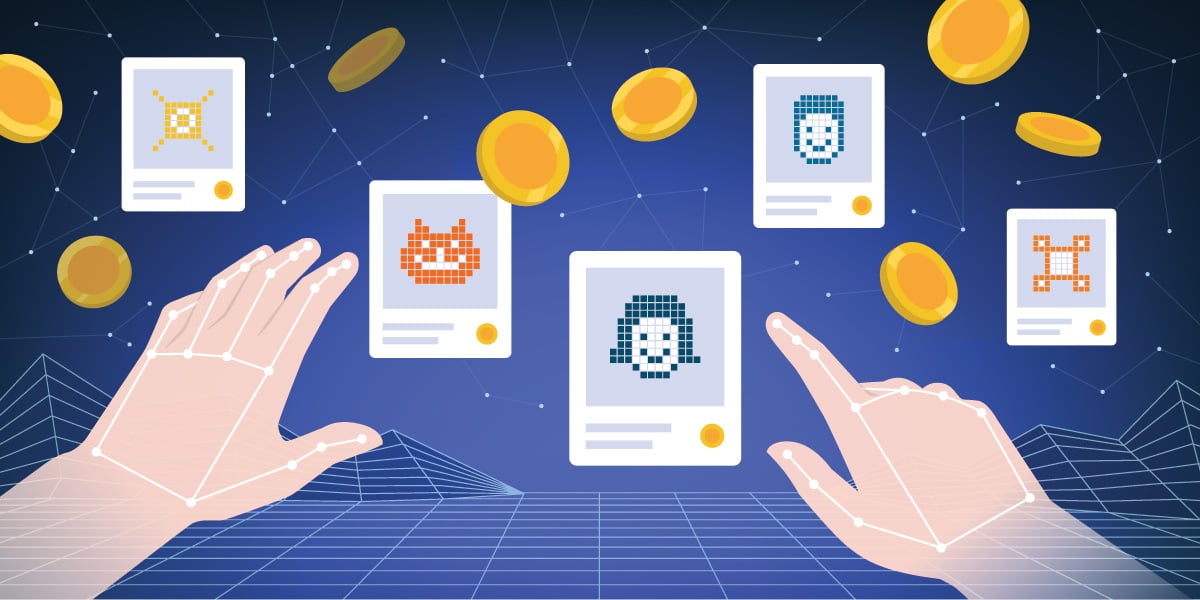Learn why data tokenization is a top data protection method, and how a business entity approach optimizes its impact, in this webinar synopsis.
Table of Contents
Demand for data tokenization is on the rise
What is data tokenization
Top drivers for data tokenization solutions
Advantages of data tokenization solutions
Limitations of data tokenization solutions
Why a business entity approach is ideal
See business entities in action
Demand for data tokenization is on the rise
As the threat of data breaches continues to rise, it’s no surprise why more businesses are turning to data tokenization solutions to protect their sensitive data.
In 2021, there were more than 1,800 significant data breaches, a whopping 70% increase from the previous year. As the frequency of breaches increases, so do the financial stakes. According to IBM, the average cost of a data breach rose 10% over the same period, from $3.86 million in 2020 to $4.24 million in 2021.
Data breaches, which can be perpetrated by insiders with malicious intent as well as external hackers, are one of the biggest issues keeping business leaders up at night. That, as well as steep noncompliance penalties, litigation, and damaged reputations are good reasons to pursue a more robust data security strategy.
In a recent webinar, Chief Product Evangelist, Hod Rotem, provides an in-depth explanation of data tokenization –discussing its advantages, limitations, the current market, and how entity-based data tokenization tools enable businesses to maximize the benefits while minimizing risk. This article provides a brief overview of the webinar’s content.
What is data tokenization?
Data tokenization is a method of data anonymization that allows businesses to safely store and use sensitive data, while remaining compliant with data privacy and protection laws. Specifically, it’s the process of replacing sensitive data with a non-sensitive substitute that has no exploitable value.
Unlike data masking, performed with data masking tools, data tokenization replaces sensitive data in databases, data repositories, internal systems, and applications with a token, such as a randomized string of characters. In the event of a breach, tokenized data is useless to malicious actors.
A common use case for data tokenization is test data management, where data used for testing applications in development, where real customer data is anonymized to protect Personal Identifiable Information (PII).
The tokens, by themselves, are unrelated values. However they retain specific elements of the original data, such as a common length or format, enabling business continuity. Usually, the original sensitive data is stored in a centralized token vault outside of the organization’s IT environment.
Top drivers for data tokenization solutions
There are 4 primary drivers for implementing data tokenization tools:
-
Protection from data breaches
Because the "key" to unlocking the token is stored elsewhere, it is much harder to reveal the true value of the tokenized data. -
Meeting compliance standards
Today, companies need to comply with an array of different data privacy and protection regulations, such as GDPR’s right to be forgotten (RTBF), in addition to internal company policies. -
Cost reduction
Data tokenization could eliminate the need to retrofit existing applications and databases to meet regulatory compliance standards. -
The rise of online payment technology
Cyber-attacks targeting eCommerce and payment processing systems have become a major threat for enterprises. Data tokenization limits the exposure of credit card information, including magnetic swipe data, the number, and cardholder name and address.
Advantages of data tokenization solutions
With a wide range of data tokenization use cases at your disposal, you can realize important benefits, such as:
-
Reduced risk
Because tokens mask sensitive information, your data won’t be compromised if a breach occurs. And you’ll avoid being subject to any financial fallout, lawsuits, and non-compliance penalties. -
Lower encryption costs
By tokenizing only the sensitive data, you can avoid the cost of encrypting entire databases. -
Simplified privacy efforts
Data tokenization minimizes the number of systems that manage PII, thus enhancing privacy compliance efforts. -
Great business continuity
Tokens can be format-preserving to ensure that all existing systems continue to function without interruption.
Limitations of data tokenization solutions
When evaluating data tokenization solutions, it’s important to be aware of three common pitfalls. These limitations could introduce security risk, stifle efforts to scale, and threaten data integrity.
-
Security risk
Storing all sensitive data in one centralized vault creates a major risk for a mass breach. In this scenario, all of your sensitive data originating from different apps and systems is stored together, giving malicious actors one primary target. -
Bottleneck to scaling
Another issue related to a centralized token vault is that it can become a bottleneck for scaling. It’s important to consider availability and performance tradeoffs. -
Compromised referential and format integrity
Many existing data tokenization solutions experience difficulty ensuring referential and format integrity of tokens across systems.
Why a business entity approach is ideal
Taking a business entity approach to data tokenization positions organizations to gain all of the advantages of tokenization, without the risks.
A business entity is a complete set of data related to a specific credit card, payment, store, claim, or customer. It's equipped with its own encrypted and tokenized Micro-Database™, which stores and protects that particular entity’s sensitive data.
With a decentralized business entity approach to tokenization, there’s no longer a need for a centralized token vault. So, you can also eliminate the security risks, barriers to scale, and threats to format integrity.
Business entities are highly configurable to provide maximum flexibility and scale, and they preserve format to ensure data consistency based on hashed values. Moreover, this approach enables real-time data tokenization and de-tokenization by operational systems, or by analytical data stores in batches.
See business entities in action
To see first-hand how a business entity approach simplifies and enhances data tokenization, check out the use cases at the end of the webinar recording.
During the demo, Hod performs 2 important tokenization functions using entity-based data tokenization:
1. PII discovery: Automatically reveal Personally Identifiable Information (PII) via...
-
Configurable, rule-based scanning
-
Metadata scanning, based on pattern
-
Data scanning, based on pattern, sample data, and advanced logic
2. Multi-vault tokenization: Configure the tokenization platform thanks to...
-
Configurable token types
-
ES-256 vault encryption
-
Data retention policy
-
Business domain orientation
-
No dependence on source structure
Discover why K2view data tokenization tools
are so effective at reducing cybersecurity risks.













